Converting not-so-warm leads into loyal customers is the ultimate objective of any business. You want to make people feel good about buying from you.
Fortunately, businesses can now count on powerful CRM platforms like Salesforce to convert potential customers into actual brand evangelists. That being said, without effective lead conversion strategies, the best tools out there are hardly worth the candle.
In this post, we will look at Salesforce lead conversion strategies so that you can take maximum advantage of the platform to grow your business. Let’s roll!
1. Create Lead Personas
A lead persona is just a fictional representation of your ideal customer. The point of creating a lead persona is to encapsulate how you are going to interact with your audience.
Now, there is no formulaic way of crafting personas. It may entail a lot of research on your part, the goal being to flesh out a persona that progressively aligns with the different stages of the conversion journey. Learn more about creating personas on Salesforce here.
Ultimately, lead personas will give you a better understanding of your actual target audience, which in turn will drive your marketing efforts in the right direction.
2. Generate Leads
Lead generation involves engaging your target demographic with the most relevant content (top-of-the-funnel) with a view to answering their most urgent questions.
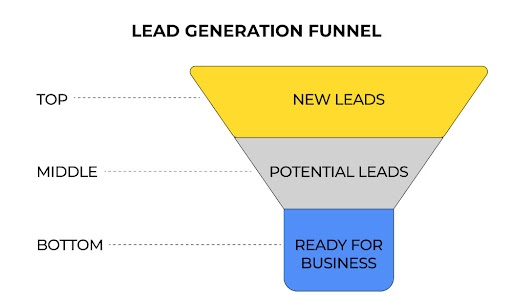
You can generate leads through advertisements, SEO, social media marketing, cold emails, referral marketing, influencers, and so on. Your main goal at this stage is to get problem-solving content before your audience.
3. Qualify Your Leads
Lead qualification is the process of determining how likely a lead is to turn into a long-term customer. You want to qualify leads according to their interest level. Dedicate your resources to converting those who are showing signs of continued interest in your business.
Lead scoring and grading (more on these later) will help you identify high-quality leads and route them to the sales pipeline. Salesforce has identified three models of lead qualification criteria, namely, CHAMP, MEDDIC, and BANTA. You can read about them in detail here.
If, for instance, you use the BANTA (Budget, Authority, Need, Timing) model, you can assign scores to the individual factors and then calculate the total lead score as shown below.
4. Know Your Leads
Capture essential information about your prospects. You need to understand your leads better in order to engage with them more effectively. The following example highlights the significance of the granularity of information in the Salesforce lead conversion process.
To begin with, collect their contact details, which would include their name, email address, phone number, etc. Next, capture their company details, such as company name, industry/niche, company size, number of employees, and so on.
The next step is to identify the source of your leads. Knowing which marketing channels bring you the most leads will help you tailor your strategies with optimum resource allocation.
5. Set up Lead Scoring
Lead scoring is simply assigning a value to a lead in order to know their interest level in relation to other leads in the conversion schema. Similarly, lead grading is about evaluating leads on the basis of a grading system (from A to F) according to a number of relevant criteria.
The difference between lead scoring and lead grading is that scoring is based on what a lead does, whereas grading is based on who the lead is.
First, list up the key attributes of a particular lead, attributes which instantly signal the lead’s value to your business. Second, assign values to leads based on their interest level.
Next, you want to track how the lead engages with your outreach programs. Track the number of email opens, blog views, content downloads, etc. Finally, identify which leads are conveniently sales-ready, which will then help you categorize leads according to their behavior.
The criteria for determining if a lead is sales-ready will vary from business to business. It could be anything from consultation requests to scheduling a demo.
6. Manage Leads
Lead management is the most important part of the Salesforce lead process. As Danny Wong, former compliance manager at Salesforce, writes, “Implementing a modern lead management system provides an efficient process for organizing and accessing contact information, including details needed for qualifying prospects and closing sales.”
First and foremost, you need to define what constitutes a conversion-ready lead. Make sure that both marketing and sales teams agree to the definition. Keep it consistent.
Next, you need to distribute the right leads to the right people in your team. This is part of lead routing, which is the process of assigning leads to specific sales reps within your organization according to their individual expertise.
7. Optimize Lead Conversions
Employ lead conversion optimization strategies to convert the distributed leads into paying customers. (Bear in mind that at this stage, we are in the sales funnel.)
Any optimization is essentially an ongoing process. As Salesforce Cloud experts, we recommend the following best practices to optimize lead conversions:
- Analyze lead data: Understand the needs, interests, and motivations of your prospects. Capture the intricacies of how a lead is engaging with your outreach efforts.
- Set stage-specific goals: Define what constitutes conversion at every stage of the sales funnel. Following this, set conversion goals for each stage.
- Perform split-testing: Use split-testing to identify multiple approaches to engaging with your audience. Your goal is to know what creates the maximum impact on your leads.
- Improve user experience: Are your landing pages user-friendly? Does your website load quickly? Does it have clear calls to action? Are your forms navigable? Verify.
- Personalize: Use the insights provided by your lead personas to tailor content and other offers to individual preferences.
- Measure and modify: Keep track of your conversion rates and identify potential areas for improvement.
Having optimized lead conversions, you need to convert those leads that have entered the buying cycle.
Read More: How To Integrate Gmail With Salesforce
8. Convert Leads
It is important to realize that “converting” a lead within the Salesforce ecosystem does not imply the conversion of a lead to a customer. Instead, it means that Salesforce converts a sales-qualified lead to a contact, a business account, and an opportunity.
In this respect, you only go on to convert a lead when you are certain that a sale is a “definite possibility” in the near future. Learn more about converting leads in Salesforce.
9. Leverage Lead Reports
In the final analysis, the key to maximizing lead conversion lies in gathering actionable insights from Salesforce lead reports.
From time to time, you need to step back and take a bird’s-eye view of your lead conversion processes. You should know what your lead conversion rate is, the time it takes to convert a single lead into a customer, the revenue generated per lead generated, etc.
Evaluate your performance, identify bottlenecks, and alter and adapt your lead conversion strategy. Again, it’s an ongoing process with an upward trajectory over time. Know what Salesforce does with a converted lead here.
Wrapping Up!
If you want to get the best out of Salesforce, you need to learn to adapt your own lead conversion ideas to the technical zeitgeist of the platform. It’s a mutually reinforcing process. Salesforce is built to function in a certain way, so you must use it according to its jurisdiction.


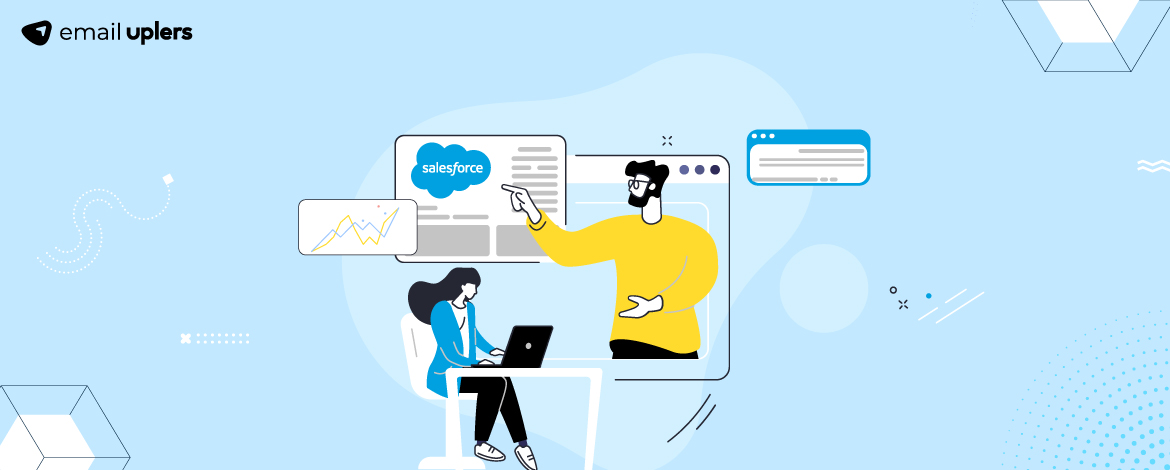




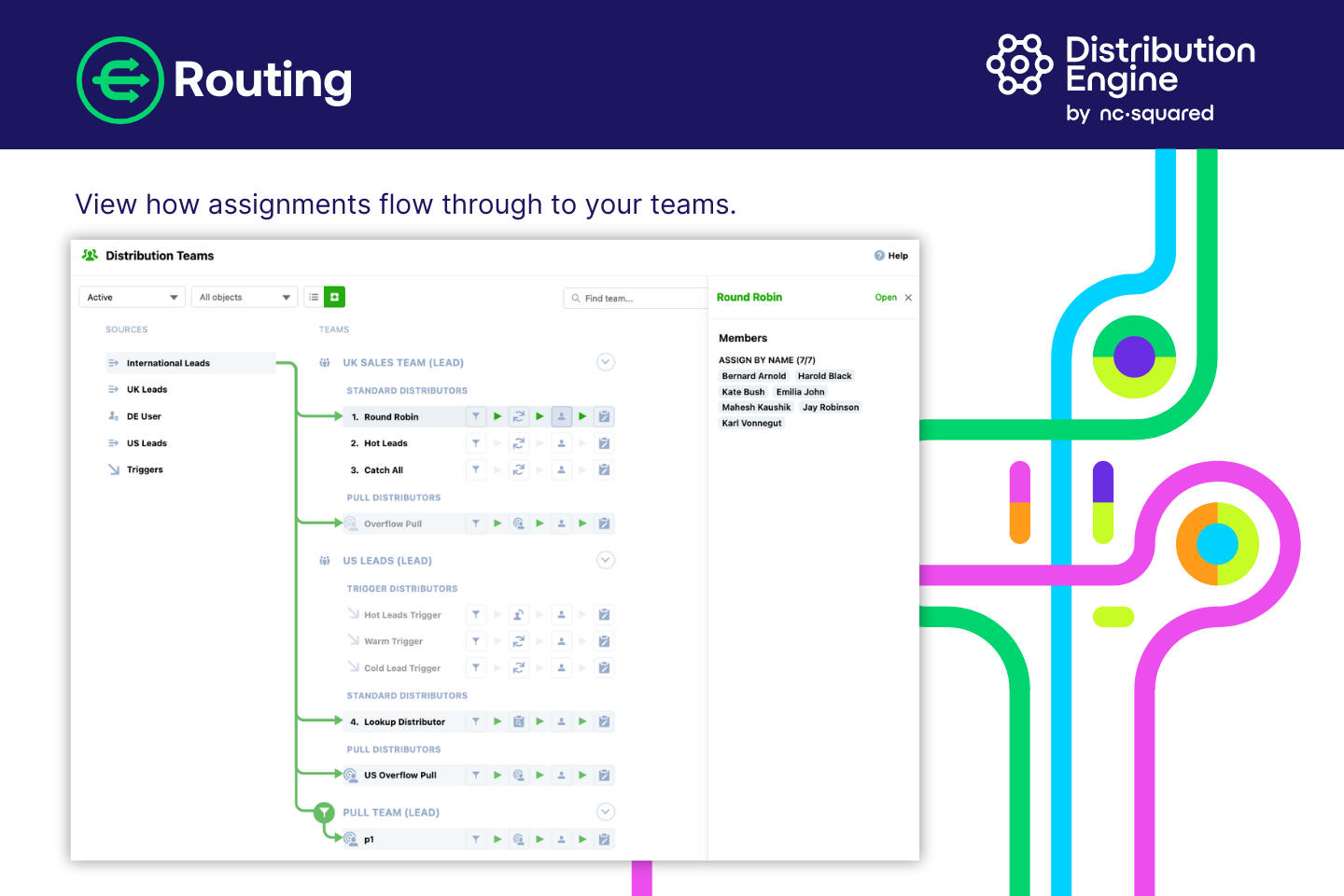
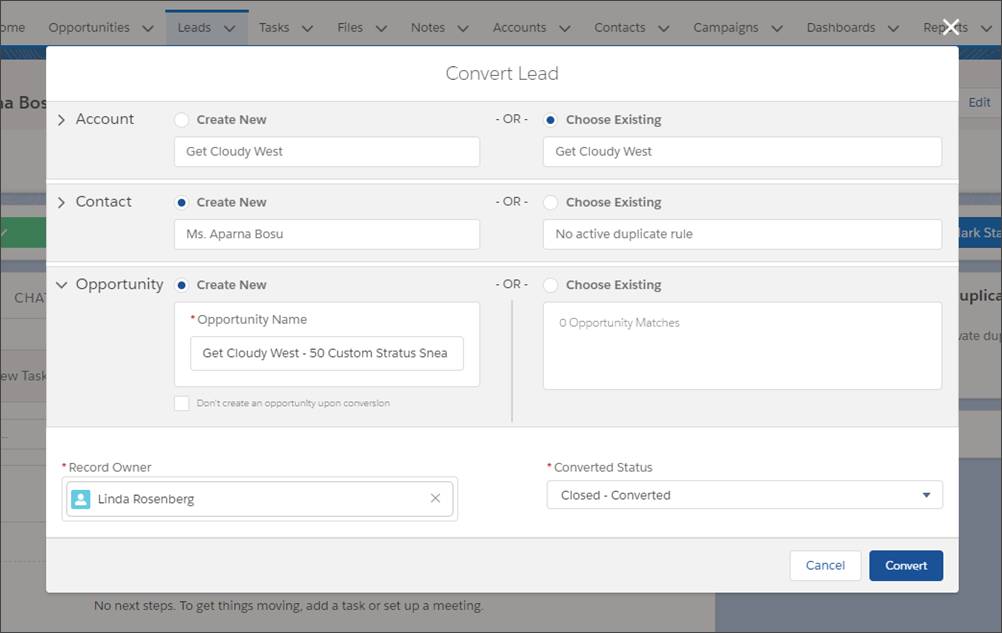

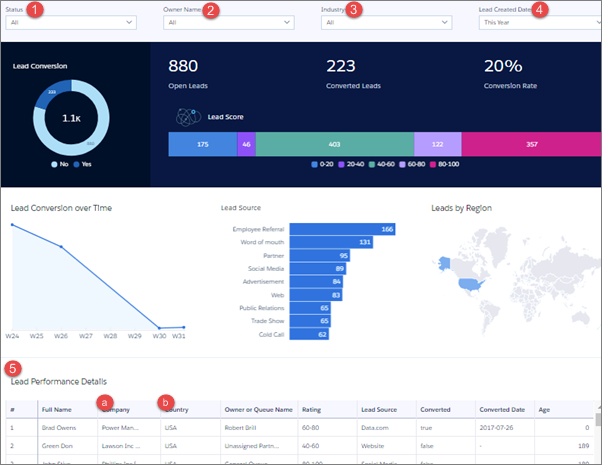
Mrugesh Dabhi
Latest posts by Mrugesh Dabhi (see all)
How to Achieve And Maintain Brand Consistency in Email Marketing: Tips And Examples
9 St. Patrick’s Day Inspirations for Your Next Email Campaign